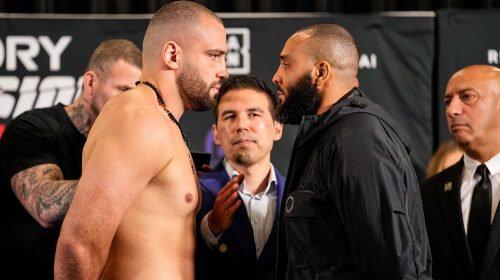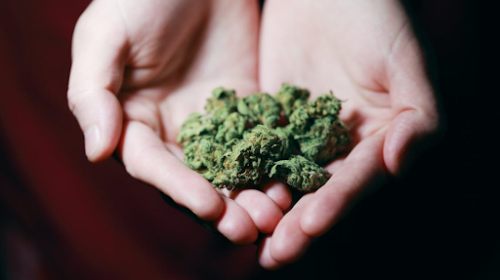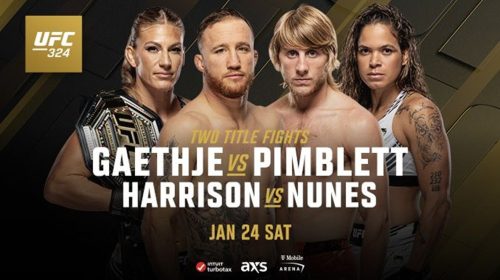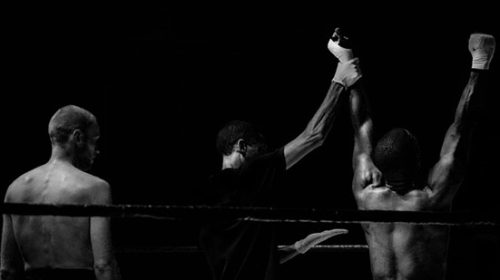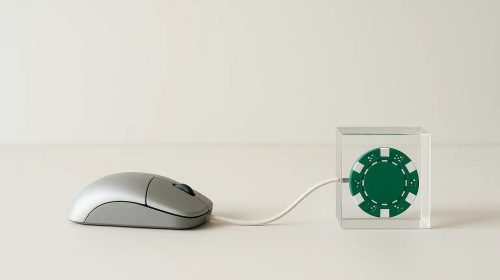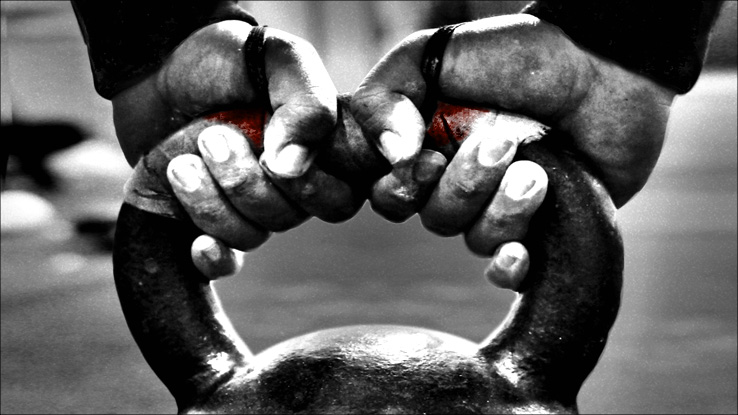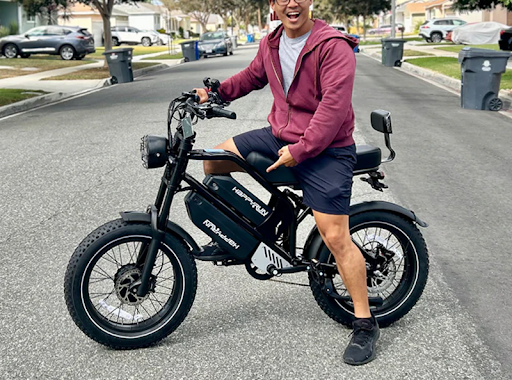
How Many Meals a Day Should a Fighter Eat?
Every fighter knows that nutrition is vital for their success in the ring. One of the questions that many fighters ask is how many meals they should consume a day for the best outcome.
There is no universally applicable answer for meal frequency. There are, however, recommendations for fighters. A fighter’s diet necessitates a greater calorie intake to sustain their high activity level and energy consumption.
Research shows that eating smaller meals at regular intervals throughout the day, ranging from four to six provides numerous advantages for fighters.
Adequate energy is vital for physical performance during training and in the ring. Similarly, regular feeding enables a consistent protein dose for muscle repair and recovery, reducing muscle waste and maintaining body composition.
As much as this approach works for many fighters, the downside is that it can lead to overconsumption of calories, which leads to an increase in weight over time. Similarly, eating too frequently may lead to missing the body’s hunger and fullness cues, causing you to eat when you are not genuinely hungry.
What does science recommend?
Although further research is needed, present evidence suggests that increasing meal frequency may be helpful for fighters. That’s because highly active people have higher dietary requirements than average people.
They require more calories to fuel their workouts and more protein for muscle repair and recovery. Fighters must also maintain a lean body composition and the appropriate weight for competitions.
According to the International Society of Sports Nutrition, eating more frequently may assist athletes in maintaining lean body mass, enhancing blood indicators like cholesterol, reducing hunger, and improving appetite control.
One study examined meal frequency’s influence on body composition in boxers. The study, which was relatively modest, divided boxers into two groups: one consumed two meals per day, and the other consumed six meals per day.
According to the study, the group that ate only two meals per day lost much more lean body mass. The group that ate many meals daily showed increased LBM and anaerobic power.
Although these findings suggest that smaller, more frequent meals benefit athletes, the Academy of Nutrition and Dietetics recommends a personalized, case-by-case approach.
Most sportsmen, however, prefer not to compete on a full stomach. Thus, they recommend eating smaller meals closer to a sporting event to allow for complete gastric emptying. You can also take larger meals when there is more time before exercising or competing.
What should you eat?
You should eat food that promotes recovery and, at the same time, helps you maintain energy balance.
To help you out, here are the guidelines you should follow:
Consume enough carbohydrates for energy
Eating a combination of simple and complex carbs before exercise will give your muscles the fuel to work for lengthy periods and at high intensities.
You will be engaged in rigorous training (several daily sessions) as a fighter. In such a case, ingest 5-8g carbs per kilogram body weight per day. Excellent carbohydrate sources include oatmeal, fruit, whole-grain bagels with jam, and granola bars.
Consume enough protein to promote muscle recovery.
Ideally, you need 20-30 grams of protein. Excellent protein sources include healthy protein bars, protein shakes with a piece of fruit, beef jerky with tangerines, and Greek yogurt.
Rehydrate with enough fluids.
The general rule is to restore 150% of fluids lost after training, or 16-24oz for every pound lost. The easiest way to do this is to weigh yourself before and after exercise and observe the color of your urine.
To know that you are safe, your pee should be a bright lemonade hue. Electrolyte powder and sugar solutions/drinks can help restore fluids lost when exercising.
How to eat meals that match your training
What to eat during high-intensity training days
Make half your plate carbs, such as rice, beans, or sweet potatoes. Carbohydrates are the most efficient fuel for high-intensity activity and help in muscle repair.
This is especially significant when there are many training sessions during the day. Include ¼ of your plate with fruits and vegetables to increase your intake of vital vitamins, minerals, and antioxidants, which can help reduce inflammation. Consume ¼ of the plate protein (20-30g) for muscle recovery.
What to eat during low-intensity rest days
These days, you need less energy and less carbohydrates to sustain daily activities. Fill half of your plate with fruits and non-starchy veggies to increase your vitamin, mineral, and antioxidant intake.
Additionally, it increases fiber consumption to promote satiety and help in weight maintenance. Make ¼ of your meal whole grains or healthy fats (e.g., avocado, olive oil, peanut butter, hummus). You also should make ¼ of the dish lean protein to improve muscle recovery and satiety.
To reiterate, the time between camps is ideal for restoring energy, allowing your body to recuperate, and focus on increasing strength and power. The nutrition focus during this period should be balanced, ensuring your body has enough energy to train and recover.
What to eat while in the fight camp
Consume at least 30-60g of carbohydrates an hour before exercise to enhance energy availability near the end of a strenuous activity and avoid early exhaustion.
You should consume carbs within the first few hours after exercise to help replace muscle glycogen, boost healing, reduce muscular soreness, and provide energy for further training sessions. Aim for a 1:1, 2:1, or 3:1 carbohydrate-to-protein ratio, depending on the intensity and duration of your workout.
Protein will be the most essential macronutrient for weight loss, healing, strength maintenance, and lean tissue preservation.
As a fighter, you should try to ingest your body weight in protein per day, or 2.2 grams per kilogram of body weight. To protect muscle tissue and promote recovery, take 20-40 g of protein as soon as possible after exercise, followed by another three to four hours later.
Parting shot
When it comes to nutrition, one size does not fit all. It is crucial to recognize that what works for one person may not work for another. For example, fighters may benefit from eating smaller meals more frequently to maintain their athletic lifestyle.
However, a combination of these meal-scheduling strategies may be optimal for most people. That’s why listening to your body and determining what works best for you is critical.







